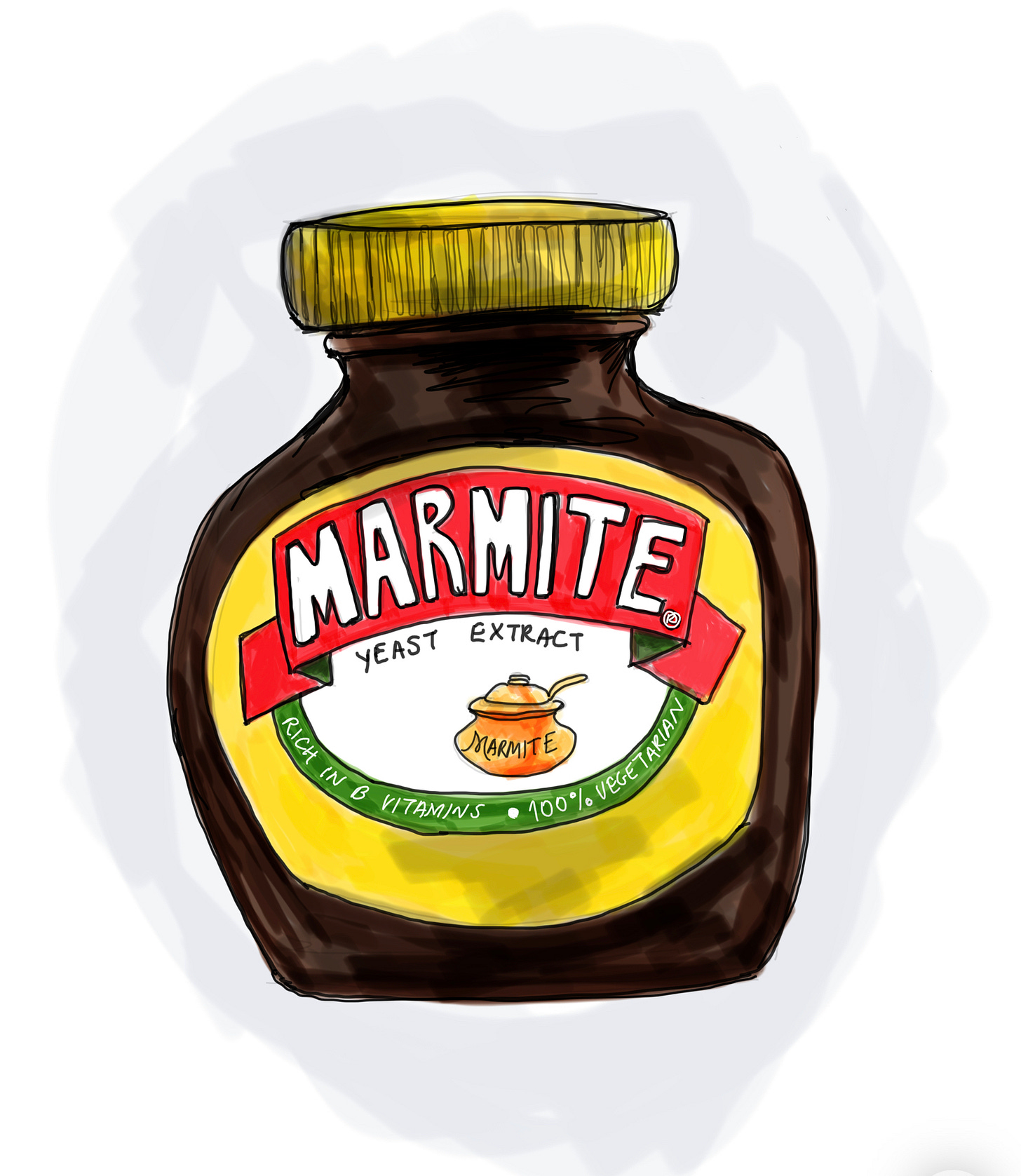Condiment Curiosity: Marmite (and Vegemite)
You either love it or hate it, as they say, so how has such a divisive condiment endured so long and become so iconic? Fifth in the series, here's our deep dive into Marmite...
Marmite has transcended the condiment cupboard, leaping off the shelf and into the vernacular. A brand name that now stands alone as a figure of speech stemming from its iconic slogan (as a simile, “she’s like Marmite”, and metaphor “he was the Marmite of the literary world”), has any other condiment sunk into the collective consciousness as deeply as this concentrated, ultra-savoury spread? We don’t think so.
Whether you “love it or hate it”, Marmite - plus its sibling Vegemite - is so worthy of a deep dive, looking beyond the shelf and back in time to trace its origins, from Germany to Britain, via Switzerland and France, then later Down Under… we may even encounter Bovril and Oxo on this journey too…
What is Marmite?
Marmite is a savoury, umami spread created via an extract from a by-product of the brewing industry: spent yeast. It’s an incredibly thick, matte texture with a slight shine and its colour is very very dark brown, verging on black.
Marmite’s nose is super malty and bitter, with the yeast coming through as somewhere between a beer-like and cheesy scent. The taste is supremely umami, intensely savoury and salty and complex and compounded, like a stock cube. A little goes a long way and can easily overtake other flavours due to its concentration.
The ingredients of Marmite are, as listed: Yeast extract (contains barley, wheat, oat, rye), salt, vegetable juice concentrate, vitamins (thiamin, riboflavin, niacin, vitamin B12 and folic acid), natural flavouring (contains CELERY)
Marmite is rich in Vitamin B and is both vegetarian and vegan, which is lesser-known as you might think because this product offers the same concentrated umami-like flavours you might get from browning meat it contains no animal products. It’s high in naturally-occurring glutamate, which is the reason for its ultra-savouriness. Don’t be confused, MSG is the salt-like compound of glutamic acid which is *added* to dishes, glutamate is present and naturally-occurring across the food spectrum, including in yeast extract spreads.
Look up the word ‘marmite’ and you will find it’s actually a French word meaning a large, covered pot - traditionally earthenware but later metal - used for cooking. You might not have noticed but it’s right there looking at you on the label of your jar of Marmite all this time. Originally Marmite was indeed made and sold in earthenware pots but for over a hundred years now it has been produced in the stubby glass jars we still have today.
Now, let’s delve into how Marmite - a traditional British condiment with a French name - was actually created by a Swiss merchant from a German scientist’s research and then re-invented (perhaps homework copied) by an Australian.
Keep reading with a 7-day free trial
Subscribe to Chip Paper to keep reading this post and get 7 days of free access to the full post archives.





